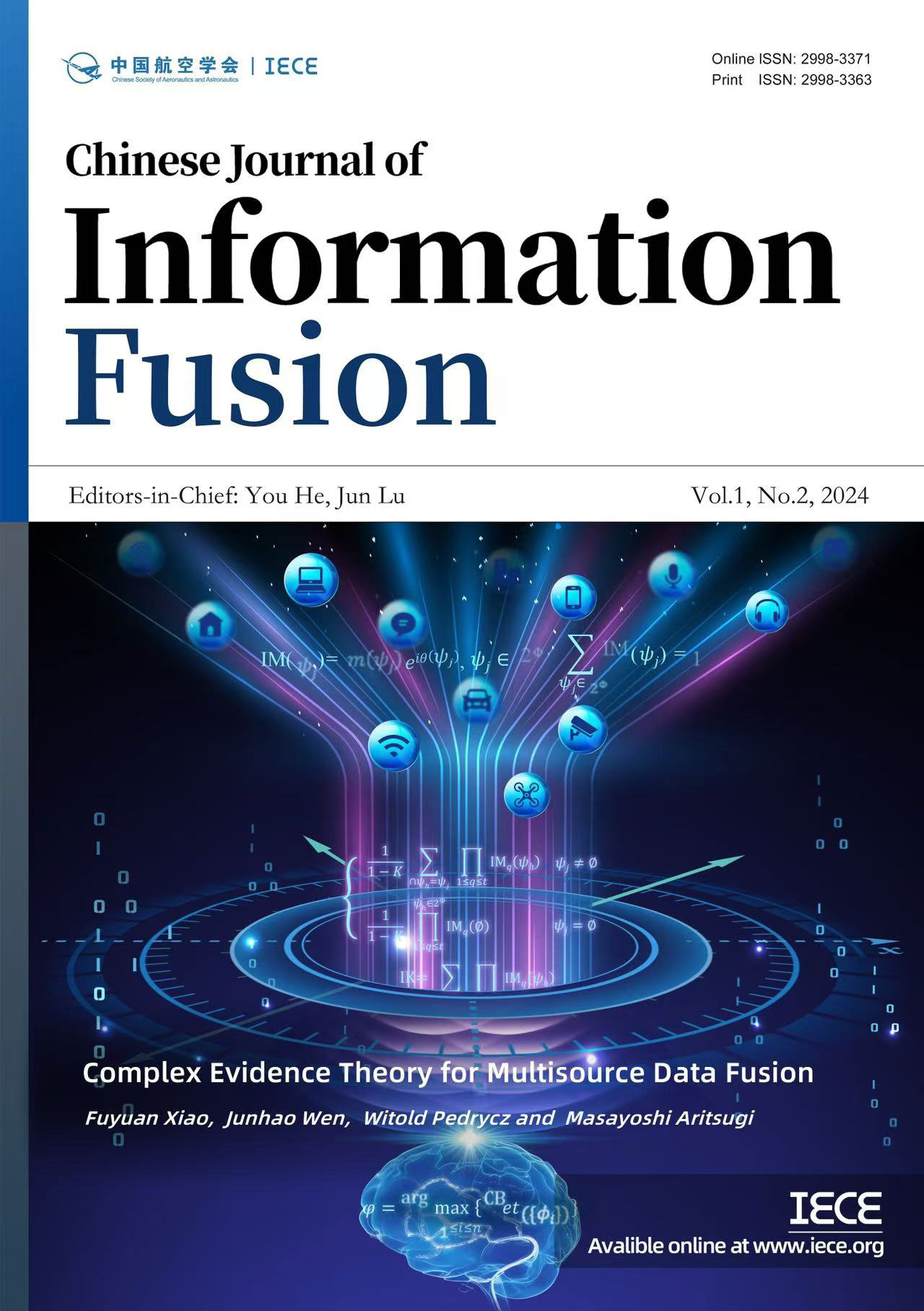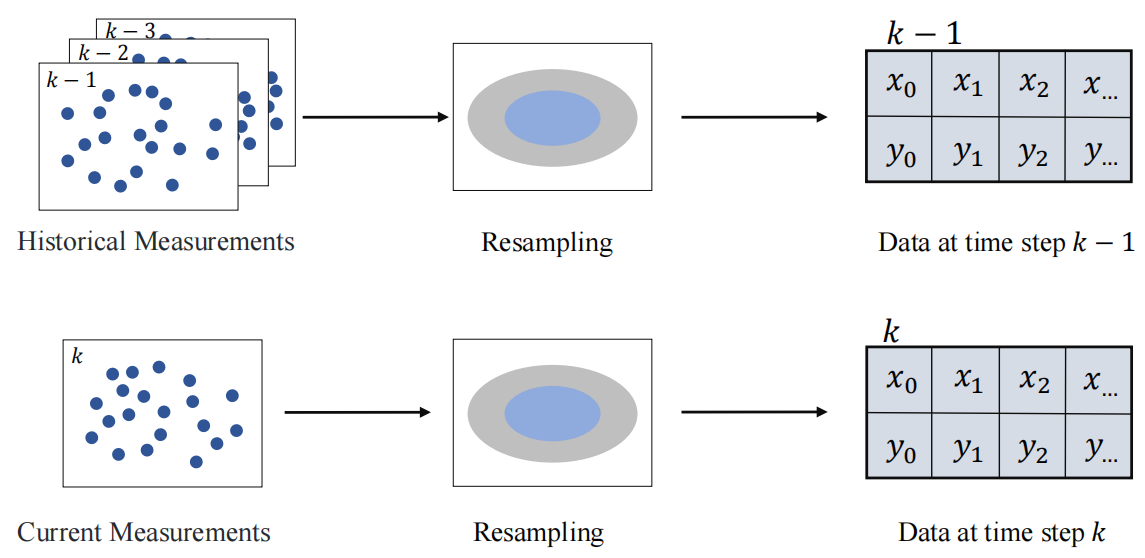Abstract
In the field of extended target tracking, constrained by the sparse measurement set from radar, the target contour is commonly estimated as an elliptical shape. This paper uses convolutional neural networks to estimate the size and orientation information of extended targets. First, by establishing a systematic model for elliptical extended targets and modeling its measurement information, data normalization, and length equalization operations were conducted to provide reliable measurement data for subsequent neural network processing. Subsequently, through the construction of a convolutional neural network model, accurate estimation of the contour parameters of elliptical extended targets was achieved, and integration with Kalman filtering enabled precise tracking of the target positions. Finally, the effectiveness of the proposed method was verified through the construction of simulation scenarios, and the performance of the method was comprehensively evaluated using the Gaussian Wasserstein distance.
Keywords
extended target tracking
elliptical
convolutional neural network
gaussian wasserstein distance
Funding
This work is supprted by the National Natural Science Foundation of China (62163023, 61873116, 62173266, 62366031)
Cite This Article
APA Style
Bian,B. & Chen,H. (2024). Convolutional Neural Network for Ellipse Extended Target Tracking. Chinese Journal of Information Fusion, 1(2), 93–108. https://doi.org/10.62762/CJIF.2024.160538
Publisher's Note
IECE stays neutral with regard to jurisdictional claims in published maps and institutional affiliations.
Rights and permissions
Institute of Emerging and Computer Engineers (IECE) or its licensor (e.g. a society or other partner) holds exclusive rights to this article under a publishing agreement with the author(s) or other rightsholder(s); author self-archiving of the accepted manuscript version of this article is solely governed by the terms of such publishing agreement and applicable law.


 Submit Manuscript
Edit a Special Issue
Submit Manuscript
Edit a Special Issue

